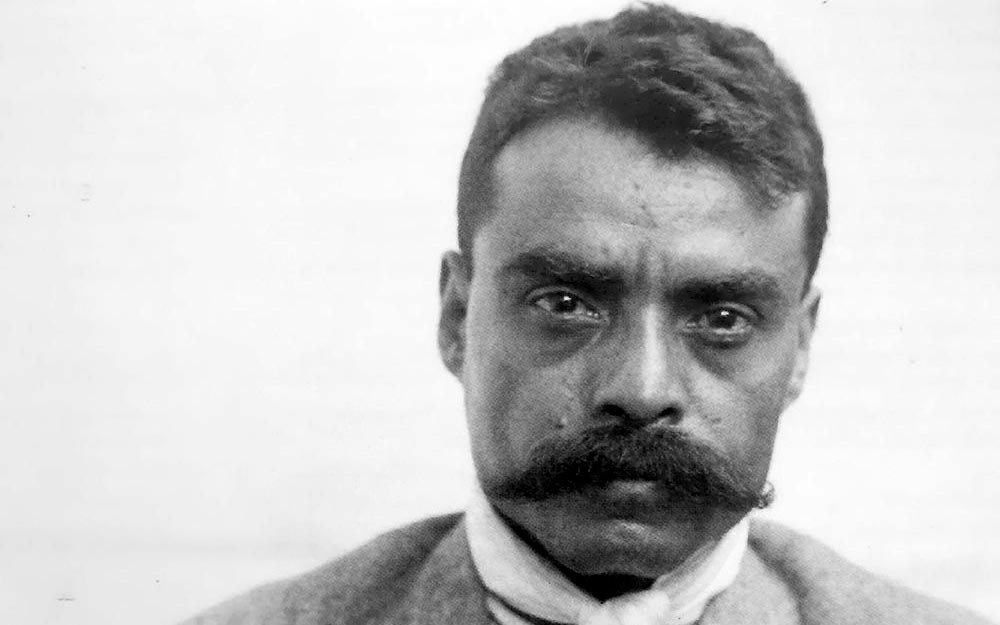New Jewish-state law makes Israel an ‘apartheid’ regime, says country’s leading newspaper
Philip Weiss on July 30, 2018
Haaretz is Israel’s leading newspaper, published by the Schocken family and maintaining a global reputation. Today it has an editorial titled “The apartheid prime minister” that states bluntly that thanks to the new “nation state of the Jewish people” law that Netanyahu spearheaded, Israel under Netanyahu is an apartheid regime.
The vote on the law has updated the political fault line in Israel: the discrimination camp vs. the equality camp; the supporters of apartheid against the supporters of democracy. It is true that Israel’s Arab citizens have been discriminated against since the state’s establishment by the governments on both the left and right. But liberal basic laws and High Court of Justice rulings during the past generation advanced the drive toward equality and integrating the minority, which Netanyahu is now seeking to destroy.
The opposition, now headed by Tzipi Livni, must unite, as it did in the vote on the nation-state law, and present the public with a strong, simple message: equality. There is no more appropriate foundation for Israel’s future as a prosperous democratic society. Netanyahu must not be allowed to rip the Declaration of Independence to shreds and turn Israel into a whitewashed version of the occupation regime in the territories.
This is important because while many American voices have said Israel is built on an apartheid system, an understanding spurred on by the US Campaign for Palestinian Rights and the Institute for Middle East Understanding, the mainstream media here have denied this fact. Haaretz deserves international support for its position, but sadly it won’t get it from the lapdog US press. Let alone from liberal Zionist organizations that are struggling to keep Israel from becoming politicized in the U.S.
Wolf Blitzer and Terry Gross pummeled Jimmy Carter for using the A-word 12 years ago in his book, and the MSM’s denial of reality continues today despite the passage of this basic law declaring that in the “Land of Israel” — historic Palestine — Jews have the “exclusive” right of “national self-determination,” that the state will foster “Jewish settlement” of the land, that Arabic has a lesser status, etc.
The law is turning into a wrecking ball, generating anguish for Alan Dershowitz and the Anti-Defamation League and J Street. All have said the law was a mistake, and Dershowitz says it will make it harder for him to defend Israel.
The rightwing Zionist Carolyn Glick echoes Dersh in the Jerusalem Post, saying Israel was already the Jewish state, and so the law is empowering anti-Zionists.
Israel’s Jewish identity is under assault from post-Zionists and anti-Zionists in Israel and abroad. The problem is that far from protecting Israel’s Jewish character, the Nation-State Law serves as a red flag for Israel’s detractors, inviting them to attack it.
Glick reports that there is wide hemorrhaging in the American institutional establishment over the law. The Jewish Federations, the leading Jewish institutions in U.S. cities, “hate it,” she says.
The Jewish Federations of North America lobbied strongly against the bill. In an email to members, Chairman of the Board of Trustees of the JFNA Richard Sandler said the Jewish Federations, “were disappointed with the law that ultimately passed.”
The Federation’s Israel office sent out a detailed explanation of the law to members. While the language was careful, it strongly intimated that the law is racist for making Israel’s Jewish character explicit.
The Philadelphia Federation’s letter to its members alleged that the law’s provisions “are a dangerous check on Israel’s democratic principles.”
Like the self-proclaimed Zionist Union’s condemnation of the law as racist, the American-Jewish response marks a stark departure from past responses of the Jewish Federations and other Jewish groups to Israeli laws and policies. For Israel’s first 60 years, the Federations, like the other major Jewish groups weren’t quick to air their disagreements with Israel’s elected officials. Their gut response was to support Israel and let others attack it.
Now the longstanding instinct has been turned on its head. Underlying the Federation’s reactions to the law is a profound discomfort with the fact that Israel is the Jewish state and intends to remain the Jewish state. This pronounced discomfort speaks to a profound shift in Federation values from Zionism to post-Zionism.
The nation-state law marked out the path Israel is treading, defining in words, in law, what was known already: Israel is an apartheid state, from now on not just in the occupied territories, but in the entire country between the Jordan River and the Mediterranean Sea.
“It is absolutely not in the state of Israel’s interest for Israel itself to become a partisan political football,” Ben-Ami said.
Thanks to Ofer Neiman.
